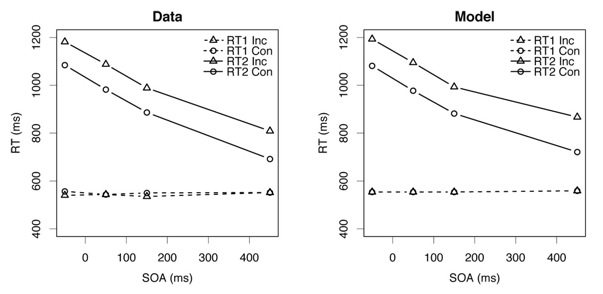Recent publications
December 2009:
Van Maanen, L., Van Rijn, H., & Borst, J.P. (2009). Stroop and Picture-Word Interference are Two Sides of the Same Coin. Psychonomic Bulletin & Review, 16(6), 987-999. pdf
A paper that discusses a peculiar difference between the Stroop effect and picture-word interference with the general opinion that these effects are similar.
January 2010:
Van Maanen, L., Van Rijn, H., Van Grootel, M., Kemna, S., Klomp, M., & Scholtens, E. (2010). Personal Publication Assistant: Abstract recommendations by a cognitive model. Cognitive Systems Research, 11(1), 120-129 (Special Issue on Brain Informatics). url pdf
A paper that introduces a system that provides relevant scientific literature based on the user’s own publication record. The system is based on a formal theory of human memory, arguing that recommender systems that model a user’s memory capabilities are useful in predicting relevance. This paper is the direct result of a course I taught in 2007 in which the students and I explored various options of using models of memory in recommender systems!
Expected January 2010:
Van Maanen, L., & Van Rijn, H. (2010). The Locus of the Gratton Effect in Picture-Word Interference. TopiCS in Cognitive Science 2(1), 168-180. pdf
This paper shows that sequential effects in picture-word interference may influence the locus of the interference effect. In addition, it discusses a model that accounts for the observed effects.
Presentation at CogSci2008

The figure displays the model’s fit to a Stroop data set (Fagot & Pashler, 1992 Experiment 7) under dual-task conditions. RT2 indicates the reaction times for the Stroop task. RT1 indicates the reaction times on another task that is performed concurrently. Inc and Con refer to the incongruent (RED) and congruent (RED) Stroop stimuli respectively.
